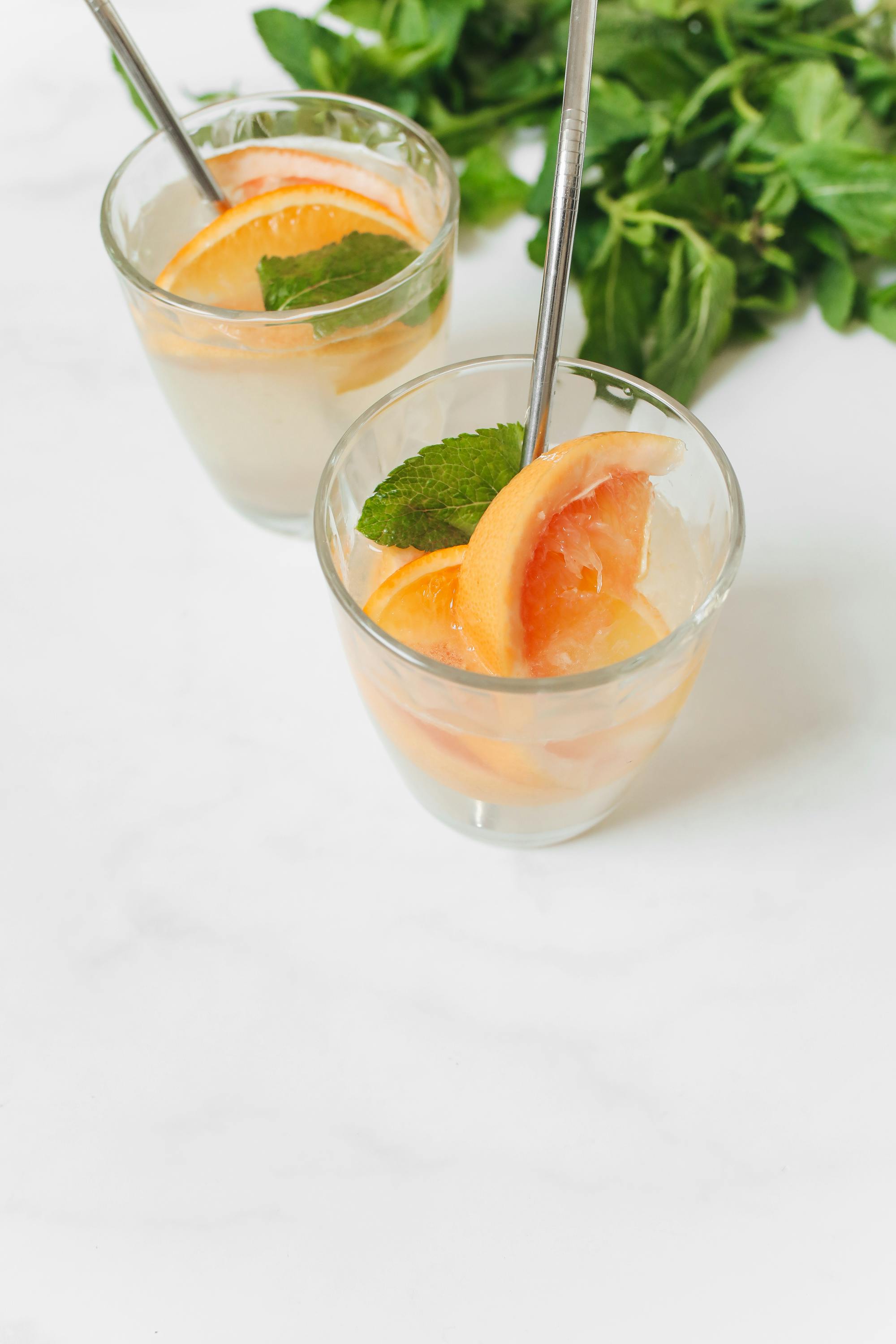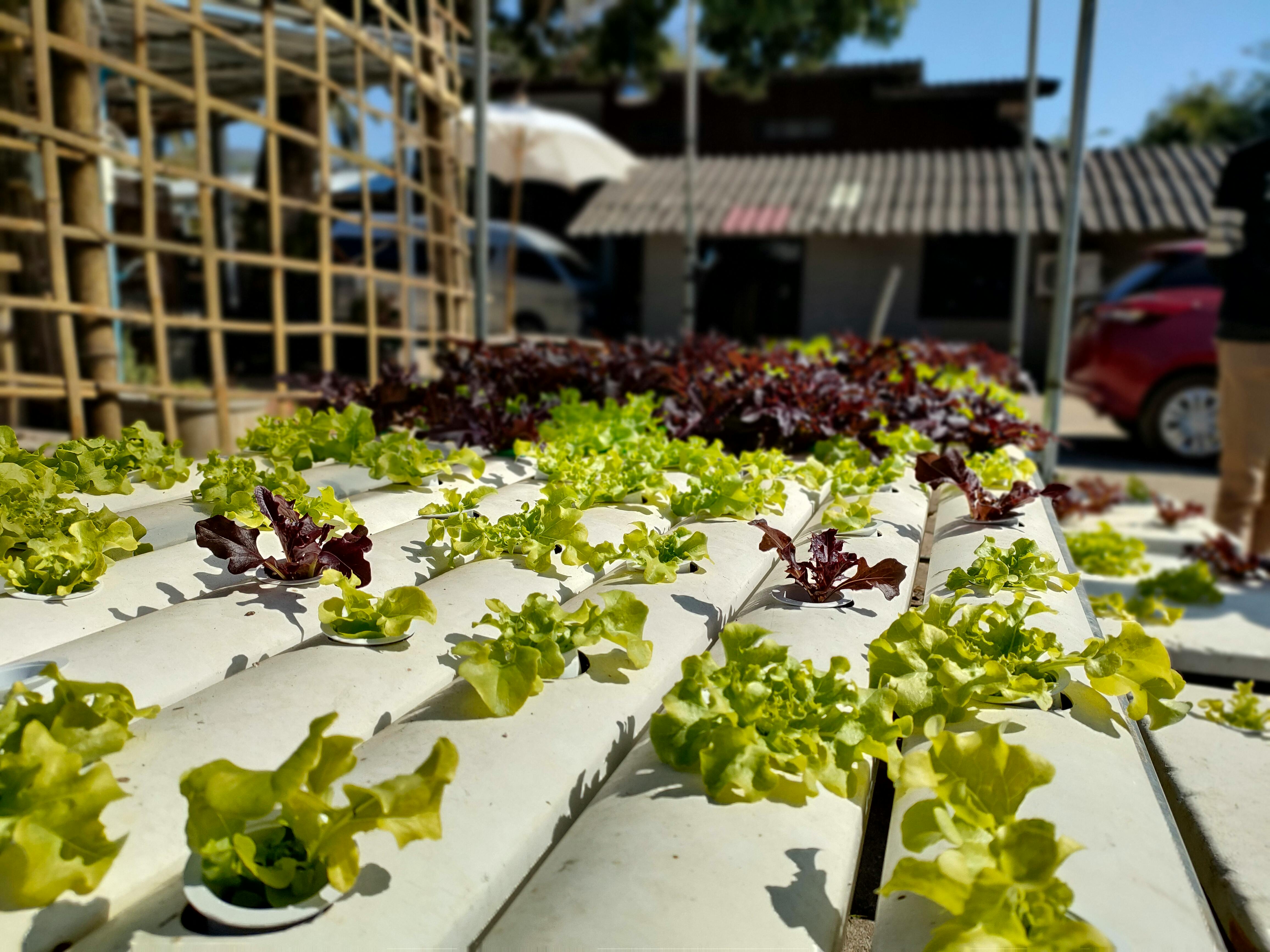
Essential Guide to Tonsillectomy Diet for Adults in 2025
Undergoing a tonsillectomy can be a challenging experience, especially when it comes to adjusting your diet during recovery. Proper nutrition plays a crucial role in healing, helping to minimize discomfort and speed up recovery. A carefully planned tonsillectomy diet focuses on soft, nourishing foods that are easy to swallow and provide essential nutrients to support your body during this healing process.
This guide will explore the best foods and hydration strategies for post-tonsillectomy recovery in 2025. We'll cover everything from the first few days post-surgery to long-term dietary recommendations, ensuring that you have the information needed for a smooth recovery. Key takeaways include the benefits of a proper diet, hydration importance, and meal planning strategies tailored for tonsillectomy recovery.
By following these guidelines, you can make your recovery smoother and more comfortable, helping you return to your routine with renewed energy and vitality.
Understanding Tonsillectomy Recovery Needs
Understanding the dietary needs during tonsillectomy recovery is essential to promote healing. The first few days post-surgery are critical, as your throat will be swollen and sensitive. During this period, focusing on soft foods is paramount.
Importance of Nutritional Intake
Maintaining a balanced diet during recovery helps to ensure that your body receives the required nutrients for healing. Nutritional needs after tonsillectomy primarily include adequate protein, vitamins, and minerals to support immune health and tissue repair. Consider incorporating healing foods that are gentle on your throat, like smoothies and soup, as they are easier to swallow and digest.
Best Foods for Tonsillectomy Recovery
Some of the best food options for tonsillectomy recovery include:
- Broths and Soups: Nutritional broths provide hydration and essential minerals.
- Mashed Potatoes and Soft Cereals: Easy to consume and versatile in flavor.
- Yogurt and Pudding: Creamy textures that are soothing for a sore throat.
- Nutritious Smoothies: Blended drinks with fruit and protein sources for energy.
These foods not only help with hydration but also provide vitamins and minerals beneficial for recovery. Ensure that you avoid acidic foods and hard textures that may irritate your throat.
Pain Management Through Diet
While healing takes place, managing pain is crucial. Certain dietary choices can help alleviate discomfort. Foods that are cool and smooth, like yogurt or ice cream, may soothe throat pain. Additionally, hydration after tonsillectomy is vital to prevent dryness, which can increase pain perception. Herbal teas and room-temperature beverages can be beneficial and comforting.

Creating a Tonsillectomy Meal Plan
Establishing a structured meal plan can tremendously aid recovery. This can simplify decisions about what to eat during the initial days after surgery. A well-prepared tonsillectomy meal plan should emphasize easy-to-eat and nourishing foods.
Tonsillectomy Diet Day 1 to Day 5
Here’s a sample five-day tonsillectomy diet distinguishing soft foods and hydration:
- Day 1: Clear liquids such as broth, apple juice, and ice chips.
- Day 2: Soft foods like yogurt, pudding, and gelatin.
- Day 3: Smoothies and mashed potatoes with soft veggies.
- Day 4: Creamed soups, cereals with milk, and more solid soft foods like scrambled eggs.
- Day 5: Gradual introduction of pureed fruits and cooked grains.
This gradual shift will help monitor comfort levels and ensure adequate nutrient intake while healing. Remember, transitioning back to solid foods should be made based on personal comfort.
Hydration Strategies After Tonsillectomy
Maintaining hydration is essential during recovery to help soften foods and ease swallowing. Aim to consume at least 8-10 glasses of non-acidic fluids each day. Hydration drinks effective for tonsillectomy recovery include:
- Water and its variants (flavored or infused)
- Herbal teas
- Clear broths
- Avoid caffeinated or acidic drinks that may irritate the throat
Getting creative with hydration recipes, like infused water with soothing herbs, can make the process enjoyable while maintaining your hydration levels.

Foods to Avoid After a Tonsillectomy
While certain foods are beneficial post-tonsillectomy, others can lead to discomfort and delayed healing. Being aware of foods to avoid is an important aspect of post-tonsillectomy care.
Common Dietary Restrictions
Certain foods should be completely eliminated from the diet to avoid irritation or discomfort:
- Spicy Foods: These can exacerbate throat sensitivity.
- Hard or Crunchy Foods: Chips, nuts, and raw vegetables can cause pain and scratch the throat.
- Acidic Foods: Citrus fruits or vinegar-heavy meals can be harmful.
Paying attention to these dietary restrictions can help create a more pleasant recovery experience.
Managing Discomfort with Diet
If you encounter discomfort while eating, adjusting your food temperature and texture can offer significant relief. Cool foods and soft textures are gentler on the throat and help ease the transition from liquid to solid foods.
Consulting with Healthcare Professionals
It is always advisable to consult healthcare providers for personalized dietary recommendations to best fit your healing process. They will guide you on how to taper your diet and introduce solid foods gradually to help avoid unnecessary discomfort.
Conclusion: Optimizing Your Tonsillectomy Recovery with Diet
In conclusion, a carefully planned tonsillectomy diet can greatly influence your recovery experience. Prioritize hydration and focus on soft, nutritious foods while avoiding harsh textures or flavors. Implementing these dietary guidelines will foster a smoother healing journey and help reduce pain and discomfort. Remember, every individual is different, and adapting based on comfort is key to effective post-operative care.
By utilizing this guide and consulting with healthcare professionals, you can create a robust dietary plan that will support your health and ensure that your recovery is as swift and uncomplicated as possible.
Its part of generated content. Can i generate another part?